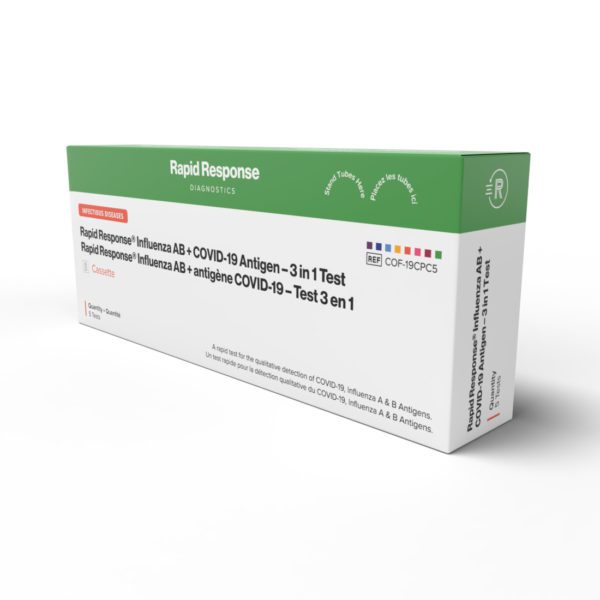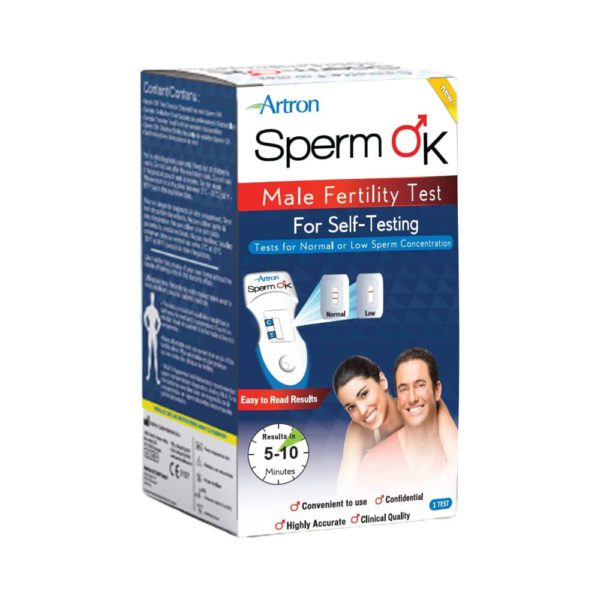Is Paxlovid available in Canada?
Paxlovid was approved by Health Canada on the 17th of January 2022. It is an oral antiviral treatment for patients:
- who have been diagnosed with COVID-19 within the last 5 days
- are considered to be at high-risk for severe symptom progression
- meet the eligibility criteria
Health Canada stated that as of March 31st they have shipped enough doses for 150,000 people, allocated on a per capita basis.
Individuals who are infected with COVID-19 and are experiencing mild to moderate symptoms can get a prescription from a family doctor, family physicians, or other healthcare provider.
How to get a Paxlovid prescription
Getting a Paxlovid prescription is a simple process that can even be done from the comfort of your own home with a streamlined telehealth service.
After an in-person or virtual assessment, a Paxlovid prescription will be provided for eligible patients to start their treatment.
Note Paxlovid MUST be taken within 5 days of the onset of COVID-19 symptoms in order to be optimally effective in stopping the spread of infection, preventing the development of severe illness and avoiding hospitalization.
Paxlovid pre-screening checklist
In order to qualify for a Paxlovid prescription, individuals should meet the following criteria:
- Positive COVID-19 test (PCR test or rapid antigen test)
- 12 years of age or older
- Body weight of at least 88 pounds (40 kg)
- Mild to moderate symptoms of COVID-19
- Prescription request within 5 days of symptom onset
- No history of severe renal impairment or other significant kidney problems
How does Paxlovid work?
Paxlovid is an oral antiviral medication that is intended for individuals who have tested positive for COVID-19, and are considered to be at high risk for the development of severe symptoms.
Paxlovid consists of two different different medications that work in synchronicity to aid the immune system in stopping the COVID virus from replicating.
Nirmatrelvir is the main active ingredient in Paxlovid. It is a protease inhibitor that is responsible for stopping the replication and spread of the COVID-19 infection within the body.
Protease inhibitors interfere with a certain type of enzyme in a way that prevents them from carrying out their normal function.
In the case of a Paxlovid treatment, nirmatrelvir interferes with a key enzyme that is involved in the replication of the SARS-CoV-2 virus, effectively stopping the spread of the infection.
Ritonavir does not act directly on the COVID-19 virus itself but instead helps to bolster the effect of nirmatrelvir in the body.
Ritonavir is responsible for the temporary shut down of the body’s ability to metabolize nirmatrelvir.
This helps to increase the concentration of nirmatrelvir in the body, which in turn allows it to persist for longer, interrupt virus replication, and ultimately put a stop to the continued spread of infection.
The Paxlovid antiviral drug can be described from a more technical standpoint as ritonavir boosted nirmatrelvir.
Who is Paxlovid for?
The FDA has authorized the use of Paxlovid for individuals aged 12 and older who meet the weight requirements (88 pounds – 40 kilograms). It was approved for distribution in Canada on the 22nd of January 2022.
Paxlovid was granted emergency use authorization in December of last year, around the same time that infection rates skyrocketed as a result of the newly discovered Omicron variant.
In order to qualify for a prescription, patients must have had a positive COVID-19 test and still be within the first 5 days of initial symptom onset for Paxlovid to be effective.
Paxlovid is intended for people who are at higher risk for developing severe illness as a result of COVID-19.
Risk of serious illness is based on health, age and vaccination status.
Higher risk patients include:
- Immunocompromised (immune system that is weakened by underlying conditions and/or medications)
- 18 years of age or older with less than three vaccine doses and at least one risk condition (heart disease, hypertension, kidney disease, lung disease, diabetes etc..)
High risk also refers to individuals who are 65 years of age or older, as more than 80 percent of COVID-19 deaths occur in this age group.
Patients who are pregnant or breastfeeding should speak with their health care provider before moving forward with a Paxlovid treatment.
Patients with a history of renal impairment (kidney problems) may need to have their dosage adjusted, depending on the severity of the impairment.
Your health care provider will be able to evaluate your medical history and current health status in order to determine if you are considered at high-risk of developing serious illness from COVID-19 infection.
How effective is treatment with Paxlovid?
Treatment with Paxlovid has been proven to significantly reduce the number of hospitalizations in patients who have tested positive for COVID-19.
Analysis of data from a Pfizer study that included a cohort consisting of over 1200 adults was outlined in a press release.
It was found that individuals who were treated with Paxlovid within three days of symptom onset were 89 percent less likely than patients who were untreated to experience symptom progression to the point of hospitalization.
What are the potential side effects of Paxlovid?
Paxlovid is classified as an investigational medicine, which means that there are still some aspects of risk that are yet to be studied and reported.
Paxlovid is known to be well-tolerated amongst most individuals who have received treatment.
However, possible side-effects may include:
- Increased blood pressure
- Muscle aches
- Nausea
- Abdominal pain
- Altered or impaired sense of taste (dysgeusia)
- Diarrhea or indigestion
- Malaise (feeling generally unwell)
Paxlovid & kidney disease
Paxlovid can be used in eligible patients with mild to moderate kidney problems, defined as having a glomerular filtration rate (eGFR) below 60 milliliters per minute. In these cases, a dosage reduction may be necessary in order to ensure safety.
Patients with severe renal impairment, defined by an eGFR below 30 milliliters per minute, should not take Paxlovid. The appropriate dosage reduction for these individuals has not yet been determined.
Drug interactions with Paxlovid
Paxlovid is effective because of its ability to slow down the body’s metabolism of its main active ingredient – nirmatrelvir.
As a result, some medications may interfere with the effectiveness of Paxlovid, or may interact in a way that could be detrimental to patient health.
Health Canada has recommended that people who are taking certain medications do not use Paxlovid as a treatment for COVID-19.
For a comprehensive list of drug interactions that patients should be aware of when taking Paxlovid, please consult with your doctor.



















































